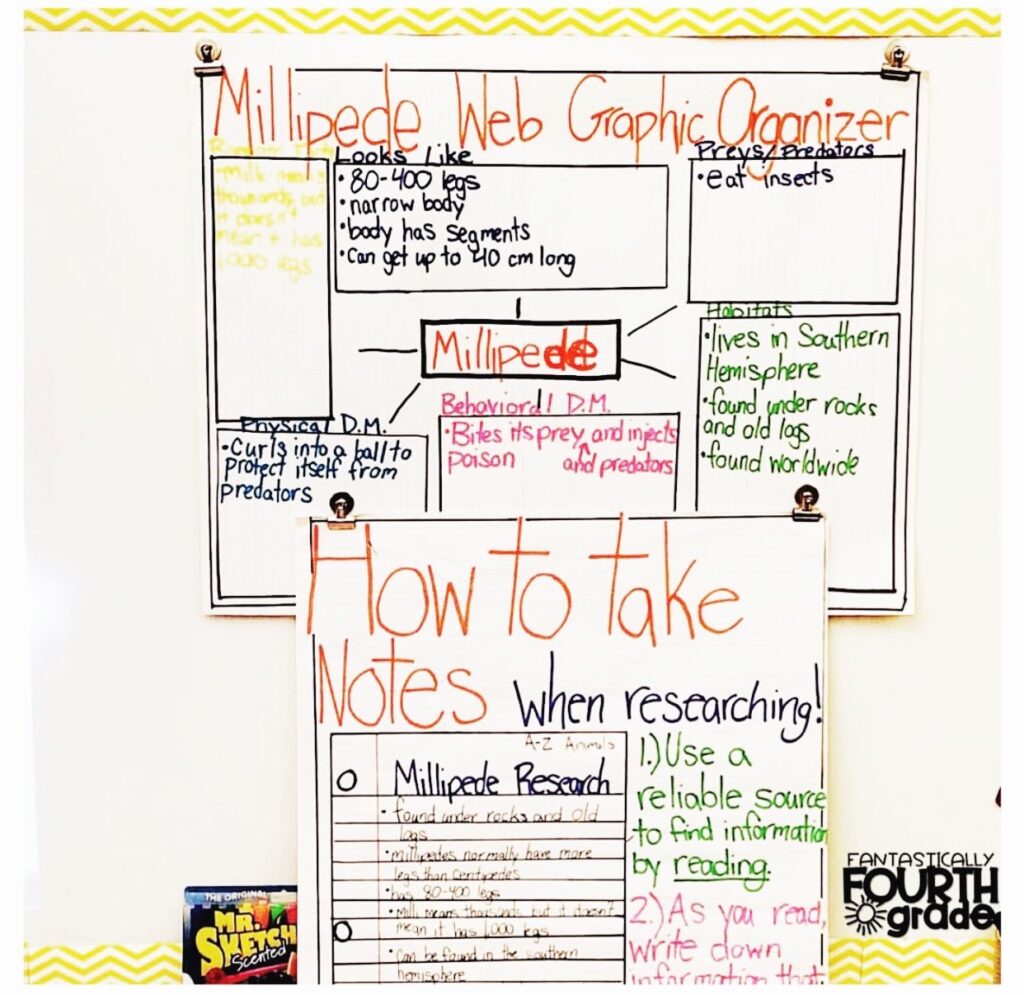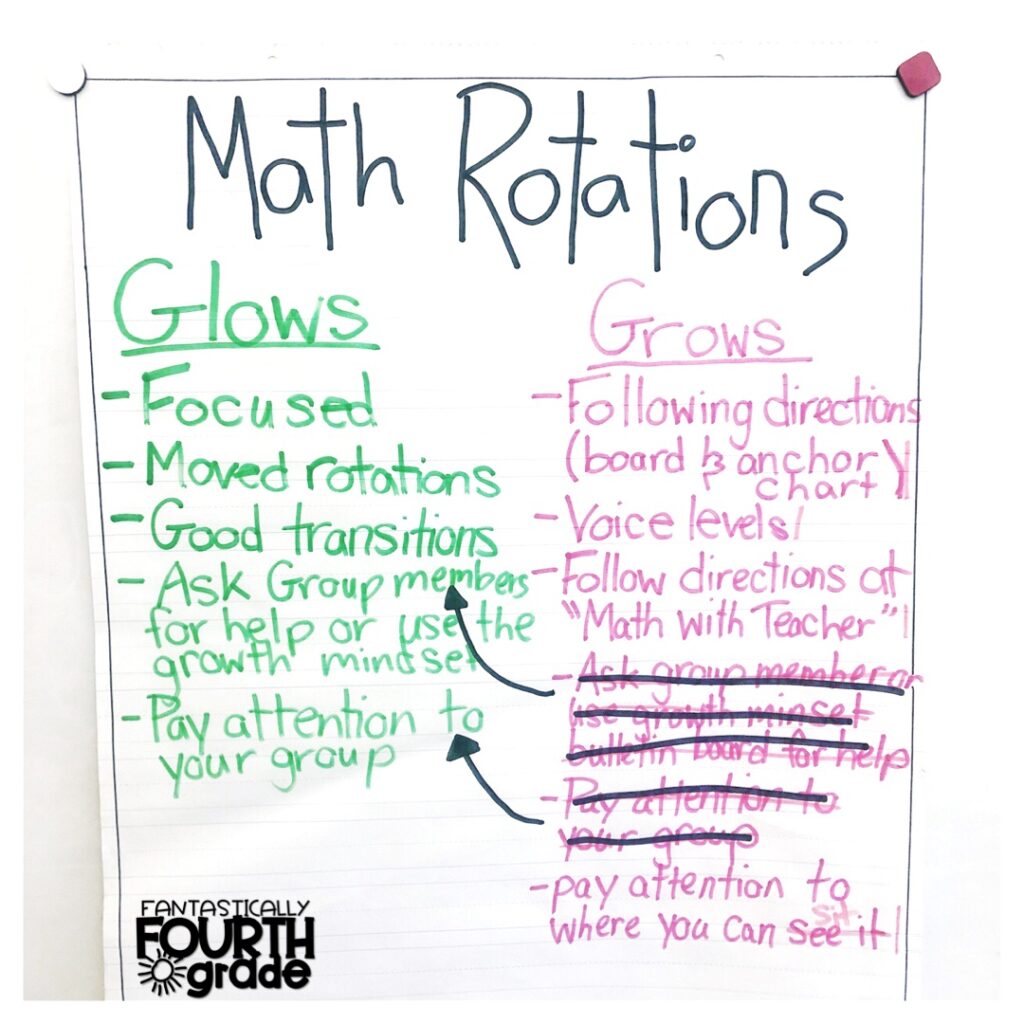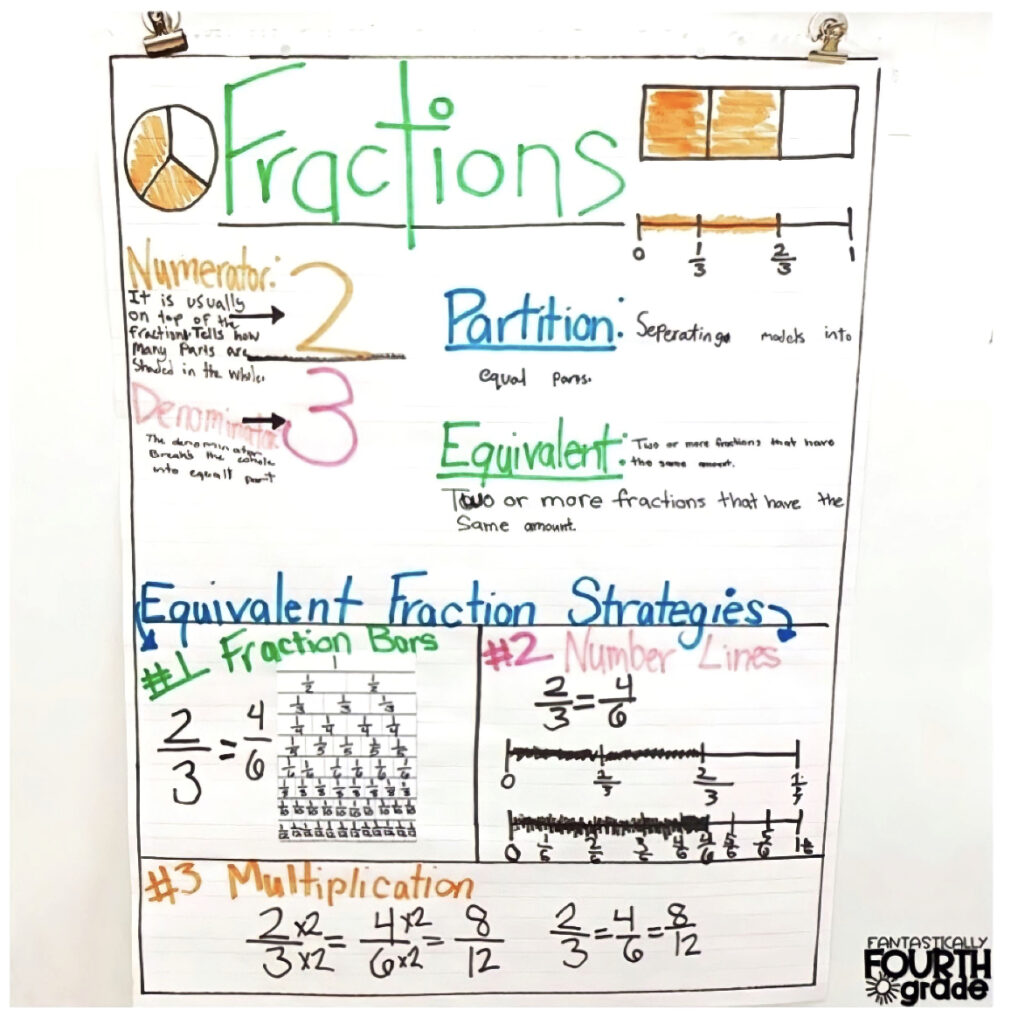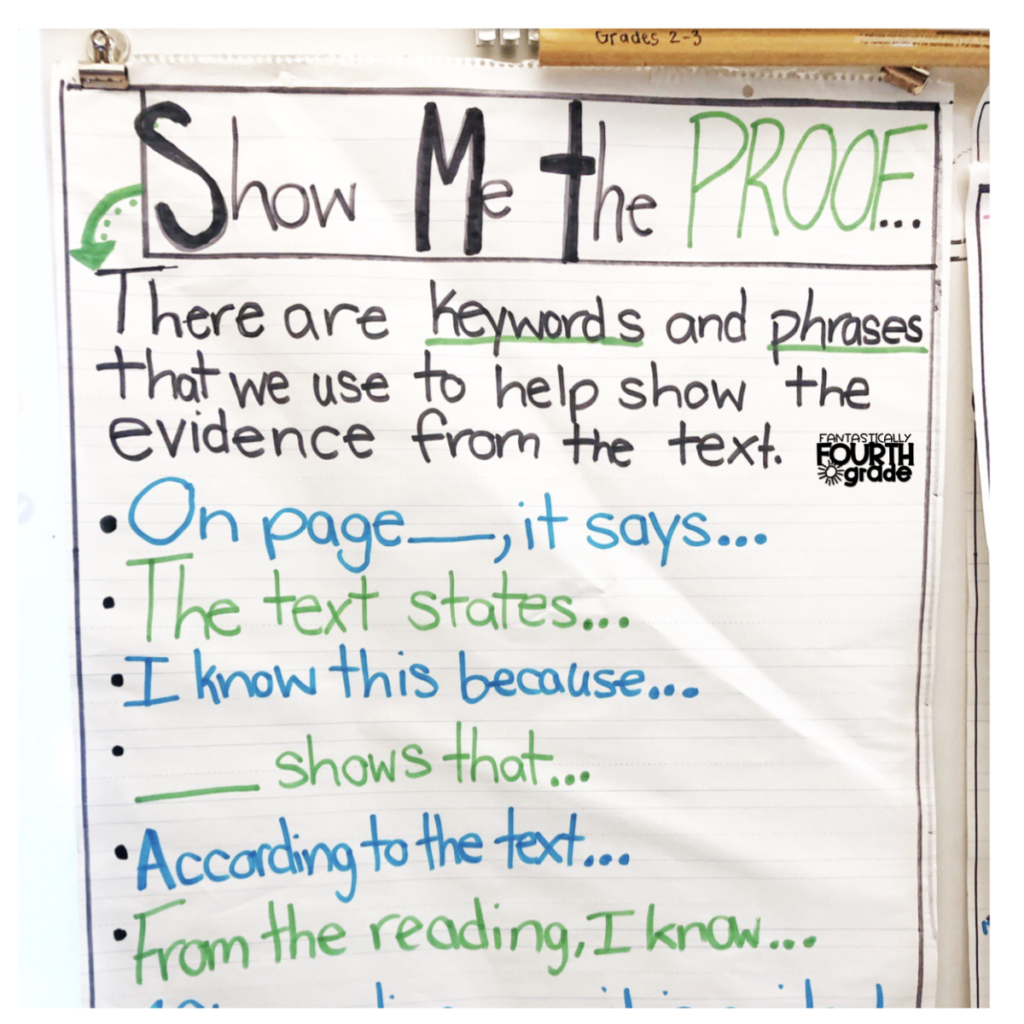Anchor charts are one of the best, FREE tools for teachers (in my opinion at least)! For too many years, I made the mistake of spending so much time up front prepping anchor charts, only for my students to look at them one time and then turn into just another poster, on my wall. I am excited to share how I turned anchor charts from posters on the wall to a tool my students used daily to support their learning!
I believe anchor charts are a great tool to help learning be student centered and help students continue their learning after the lesson, if co-created and created intentionally. Read and see a picture of 5 different types of anchor charts to help you intentionally create anchor charts that are student focused.
#1: Graphic Organizer Anchor Charts Modeling done by the teacher is so important and this applies to graphic organizers, too! Instead of modeling how to use graphic organizers one time with my students and then taking them off of the document camera to not be seen again, I started drawing the outline of the graphic organizer on an anchor chart and then laminating it. Then, I was able to grab this out to model how to use the anchor chart and even have students help me fill in the co-created graphic organizer anchor chart together. This is great for the “I do”, “We do” model and serves as a great example of how to use graphic organizers to support writing and more.

#2: Reflection Anchor Charts Anchor charts are a powerful tool to reinforce behaviors and have students co-decide on areas of strengths and areas of growth when it comes to class expectations and routines. My Glows and Grows Anchor Chart below is my favorite way to do this. I am no longer telling my students what needs to be improved and having it go in one ear and out the next. Now, they are deciding on this together and we have the anchor chart to reference areas that they want to grow as a class. Click here if you want to read more about my Glows and Grows Anchor Chart.

#3: Strategies Anchor Charts In my class, we explain strategies as a tool to get us where we would like to be or to get us to the correct answer. Instead of telling my students what strategies are best for them, I use anchor charts to have them show each another strategies that work for them and help them reference these strategies during partner or independent work. This type of anchor chart is one of the most referenced anchor charts in my classroom!

#4: Reference Anchor Charts Sometimes we just need anchor charts for a way for our students to reference something discussed in a lesson. These are great when you are creating lists, ideas or ways that will help students with their learning. My “Closed Readers Do…” anchor chart is an example of what this can look like. Together, I discuss with my students what close readers do and I add what they discuss to the chart. My students are doing the majority of the talking here and I am mostly just recording and guiding their discussion. Then, we can easily reference what we discussed throughout the year. This is an anchor chart that I keep up all year long.

#5: Sentence Frame Anchor Charts This type may be one of my favorites and the anchor chart that I feel best supports student participation. I always start by giving my students a couple ideas of sentence frames and then letting them come up with more on their own. TIP: Leave a little space at the bottom to be able to use sentence frames that you hear students using during their discussions.

With all of these anchor chart ideas, don’t forget that a lot of the power of anchor charts comes from co-creating them (just create the frame before the lesson) and make sure that your students are coming up with most of what is on the anchor chart. You can even have students write parts of the anchor chart to make it even more co-created!
Would you like some ideas of how you can co-create anchor charts with students for math? I have created some math strategy anchor charts that can be duplicated on a big anchor chart and ones that students can glue into their notebooks to create their own mini- anchor charts. These are a great tool that is ready for you to print and use!








